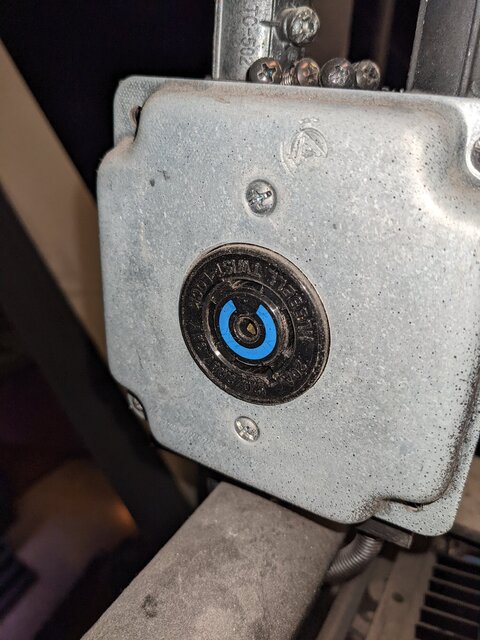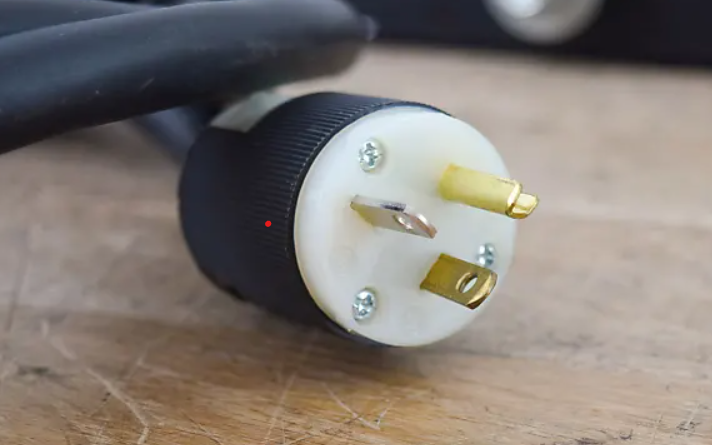rsiminoski
Member
Hey Hivemind.
So we are looking at purchasing some used ETC Smartbar 2s, specifically the SB4-10-Bs.
They come with the 20a pigtails.
In our wall we have L21 20R twistlock.
I'm like 95% certain that this wont be an issue since both are 20a and I can just swap out the pigtail with a male L21 20R but I'm horrified I'm going to screw up my first purchase for this PAC
Is there anything I'm failing to consider??
So we are looking at purchasing some used ETC Smartbar 2s, specifically the SB4-10-Bs.
They come with the 20a pigtails.
In our wall we have L21 20R twistlock.
I'm like 95% certain that this wont be an issue since both are 20a and I can just swap out the pigtail with a male L21 20R but I'm horrified I'm going to screw up my first purchase for this PAC
Is there anything I'm failing to consider??




